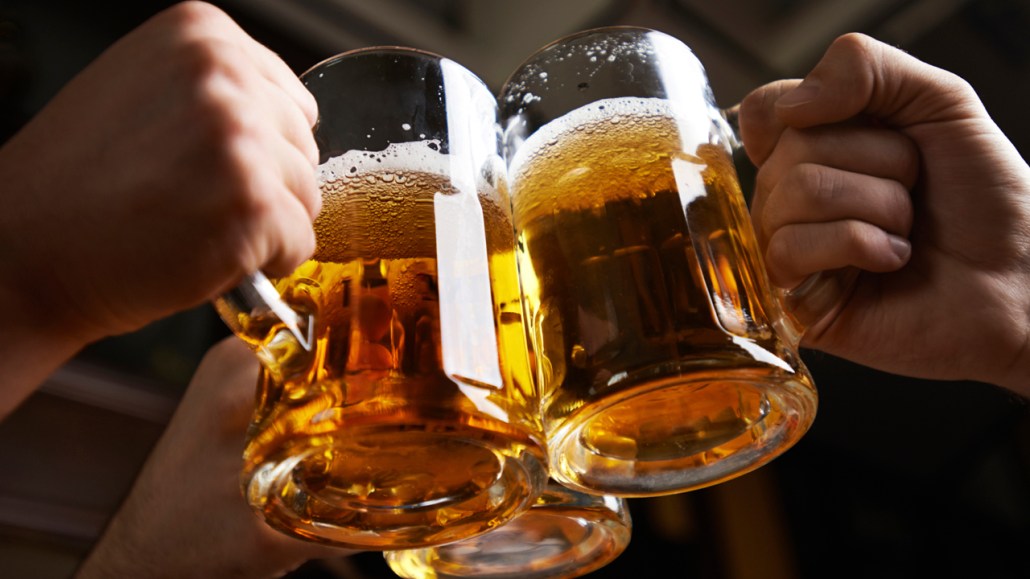Majority doesn’t always rule in teen booze use
Having one abstainer as a friend cuts adolescents’ odds of drinking

CHEERS FOR PEERS The presence of a small minority of alcohol abstainers in groups of teen friends can help to decrease the likelihood that everyone else will get drunk and binge drink, a new analysis suggests.
mediaphotos/iStockphoto